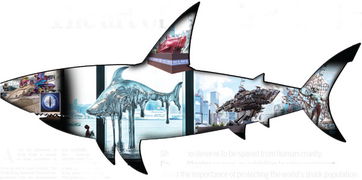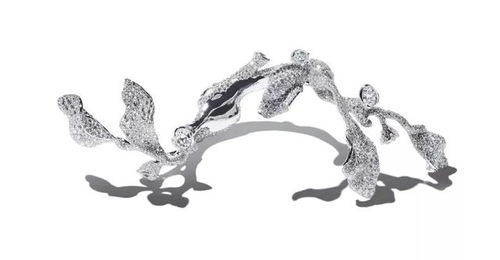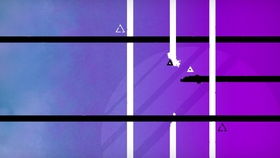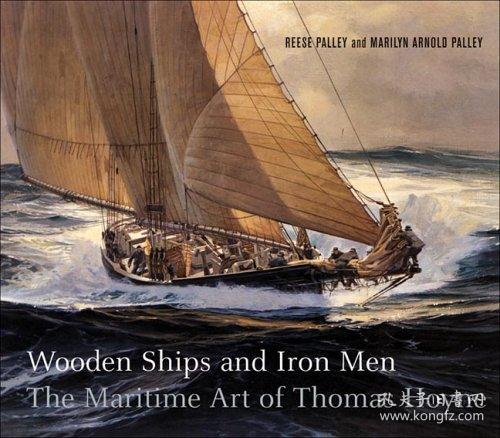Content:
Embarking on the captivating world of koi fishing, also known as koi keeping, is a pursuit that combines the tranquility of nature with the thrill of the hunt. Koi, with their vibrant colors and graceful movements, are not just fish; they are symbols of prosperity and longevity in many cultures. If you're eager to join this serene yet challenging hobby, here's a comprehensive guide on how to start your journey with koi fishing, complete with essential tips and techniques.
Understanding Koi and Their Environment
Before you cast your line, it's crucial to understand the basics of koi and their ideal living conditions. Koi are coldwater fish, requiring a stable water temperature that ideally ranges between 60°F to 70°F (15°C to 21°C). They thrive in clean, well-oxygenated water, which is why a well-maintained pond is essential.
Choose the Right Pond

The first step in koi fishing is to create a suitable environment for your fish. Here are some key considerations:
- Size: Ensure your pond is large enough to accommodate the size of koi you plan to keep. A general rule of thumb is 1000 gallons (3800 liters) per koi.
- Shape: A kidney or oval shape is ideal as it allows for better water circulation.
- Depth: A depth of 3 to 4 feet (0.9 to 1.2 meters) is recommended to maintain stable water temperatures.
- Filtering: A robust filtration system is necessary to keep the water clean and free of harmful substances.
Acquiring Your Koi
Once your pond is ready, it's time to introduce your koi. Here's how to do it effectively:
- Source: Purchase your koi from a reputable breeder or pet store. Look for healthy fish with vibrant colors and no signs of disease.
- Transportation: Use a sturdy, well-ventilated container to transport your koi. Add water from your pond to the container to reduce stress.
- Acclimatization: When you arrive home, float the container in your pond for about 30 minutes to allow the water temperatures to equalize. Then, gradually introduce your koi to the pond over a few hours.
Koi Fishing Techniques
Now that you have your koi, it's time to learn the art of koi fishing. Here are some essential tips:
- Timing: Koi are most active during the early morning and late afternoon. This is when they are most likely to bite.
- Bait: Use natural bait such as earthworms, nightcrawlers, or corn. Avoid using artificial lures as they can harm the fish.
- Equipment: Use a lightweight rod and a sensitive reel. A 6 to 8-pound test line is sufficient.
- Approach: Approach the pond quietly and carefully. Koi are sensitive to noise and movement.
- Cast: Cast your line gently and allow it to sink to the bottom. Let the bait sit for a while before reeling it in slowly.
Maintenance and Care
To keep your koi healthy and happy, regular maintenance is key:
- Water Quality: Test your water regularly for pH, ammonia, nitrite, and nitrate levels. Adjust the filtration system as needed to maintain optimal water quality.
- Feeding: Feed your koi a balanced diet appropriate for their size and stage of life. Overfeeding can lead to water pollution and health issues.
- Health Monitoring: Keep an eye out for signs of illness or stress in your koi. Common problems include parasites, fin rot, and swim bladder disease.
Patience and Enjoyment
Koi fishing is a hobby that requires patience and a deep appreciation for nature. While catching koi can be exciting, the real joy comes from watching them thrive in their environment and forming a bond with these remarkable creatures.
In conclusion, starting your journey with koi fishing involves creating a suitable environment, acquiring healthy koi, mastering the art of fishing, and maintaining their well-being. With dedication and care, you'll soon find yourself immersed in the tranquil and rewarding world of koi keeping. Happy fishing!












